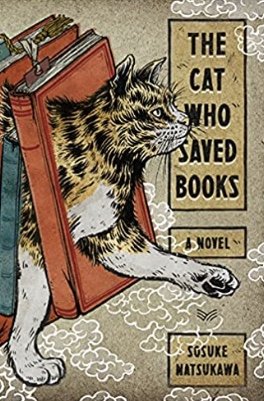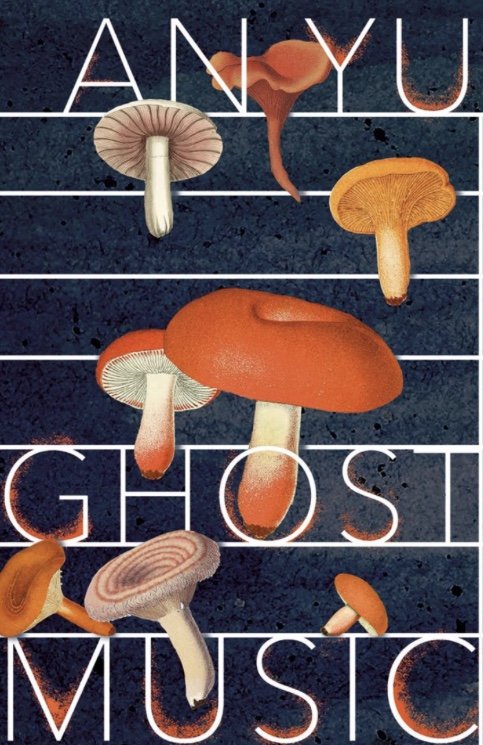All the Right Places : Traveling Light Through China, Japan, and Russia by Brad Newsham (Vintage)
Some men may cry, some may get violent, while others may calmly accept the situation, however when Brad Nesham’s wife asked for a divorce, his response was to buy a one-way ticket to Tokyo, and head east from there.
Brad Nesham shares his adventure in the Far East in what would become All the Right Places. It is a journey of self-discovery as Newsham tries to sort out his marital woes and come to grips with the reality of his life’s problems. Some may think he is just running away and avoiding the truth. His wife had been asking for a divorce for months, she moved into her own apartment, and even mentioned that she was seeing someone else.
Newsham believes that what his marriage needs is another journey. His wife was his former travel companion, going to places such as India and Nepal. He strongly feels that his wife will join him eventually and things would resolve themselves, but life isn’t all that simple. The year is 1985, a time that is slightly ahead of Japan’s bubble economy era and when the Cold War was a cold reality. Still, Newsham finds himself in Okubo House in Tokyo, Japan.
Okubo House is a relatively cheap inn popular with budget travelers and backpackers. It is located near Shinjuku in Tokyo. The start of Newsham’s journey was less than auspicious as he “cursed himself for not having researched Japan, for having come on the spur of the moment armed only with a budget traveler’s guidebook and a half-read copy of Shogun.”
In Japan, Nesham is reluctantly baptized by a Japanese Christian, hits the batting cage with another guest from Okubo House, is approached by by a horny housewife who says to him, “Zex wiss you”, which he refuses as he still believes this trip may save his marriage.
He cycles his way to Mount Fuji and spends about ten days around the Japanese Alps. He cycles all the way to Kyoto, stays at a place called Tani House and experiences zazen, a Buddhist meditation practice, at a nearby temple. Newsham then hitchhikes to Hiroshima, visits the Hiroshima Peace Memorial Museum where he is moved and saddened by what America did to Japan to end a war.
On his way to Hong Kong, Newsham has a telephone conversation with his wife which still rings in his head. He kept going over in his mind the words he heard, “I think we should just tear up the divorce papers.” followed by “I want you to come home now”. And yet, Newsham chooses to stay on the road.
Newsham checks into a monstrosity called the Chungking Mansions, located on the mainland side of Hong Kong Harbor. “Chungking is highly regarded by the sort of budget traveler who is unworried by pawnshops and girlie shows and men on nearby corners and in doorways, hissing, ‘Hash! Coke! Smack!’”.
On his way to the mansions, Newsham meets Amy, an American girl, on the bus. Unbeknownst to Newsham at the time, Amy would become his traveling companion in China. Amy had been waiting for her boyfriend Dylan, who she said was a former junkie but could kick the habit anytime. As Dylan never showed up or left a message, Amy decides to travel with Newsham…as buddies, not lovers.
For the final leg of Newsham’s journey, he boards the Trans-Siberian Railway alone and will make his way to London, traveling through Mongolia and Russia, which was still known as the Soviet Union at the time. He would meet and have adventures with a host of characters also riding on the same train. One of them being the epitome of the “ugly American” tourist.
Newsham’s travels to mend his broken heart and to resolve the possibility of divorce is always at the back of his mind. He constantly writes affirmations in his notebook reminding himself that he is “in the right place, at the right time”.
As much as I understand taking a trip to get away from your problems, I don’t believe it will help to solve anything. Yes, you may forget about them while traveling but the problems will still be there when you return. His divorce papers went through and although he and his wife still love each other, they decided to have an “amicable” divorce and continue to be great friends.
Traveling after having your heart broken is quite common and is something I have done myself. Although I didn’t spend as much time as Newsham did on the road, I did decide to go to Shanghai, China for a week’s stay without any plan whatsoever. It may not have healed my broken heart but it was worth it for the experience of really traveling on my own. ~Ernie Hoyt










